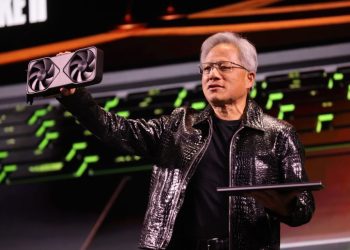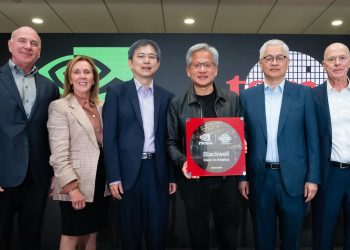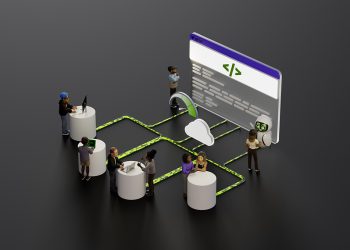Jensen Huang’s surprise Nvidia CEO Beijing visit has reignited debate around US-China tech tensions, just days after Washington imposed fresh export bans on Nvidia’s remaining AI chips to China—dealing the chip giant a $5.5 billion blow.
🚨 What Triggered the Visit?
The H20 GPU, designed to comply with earlier US export controls, was recently banned under Trump-era trade restrictions aimed at preventing American technology from bolstering China’s AI and military advancements.
The US Commerce Department stated the move was to stop the chips from being used in Chinese supercomputers. The abrupt ban slashed Nvidia’s valuation by 7% and disrupted global tech stocks.
🇨🇳 What Did Huang Do in Beijing?
According to Chinese state media and reports from China Daily and CCTV, Huang:
- Attended trade discussions with Ren Hongbin, chairman of the China Council for the Promotion of International Trade
- Expressed hopes to “continue to cooperate with China”
- Met with Liang Wenfeng, founder of Chinese AI company DeepSeek, to discuss new chip designs that could bypass current US export bans
🧠 DeepSeek at the Center of It All
DeepSeek’s launch of the R1 AI chatbot—said to rival ChatGPT but trained at a fraction of the cost—shook Silicon Valley earlier this year. It has also drawn the attention of the US House China Committee, which is now probing whether export-controlled Nvidia chips were used in the app’s development.
Lawmakers have called the app a “profound threat to national security.”
🇺🇸 Political and Economic Context
Nvidia, while designing chips in the US, outsources manufacturing to TSMC in Taiwan. As part of Trump’s push to onshore semiconductor production, he exempted TSMC from new tariffs after it committed to multibillion-dollar US investments. Nvidia itself pledged $500 billion for US-based AI infrastructure over the next four years—hailed by the White House as “the Trump effect in action.”
Meanwhile, Trump’s 145% tariffs on Chinese goods remain, while other nations face a 90-day reprieve with tariffs dropped to 10% as negotiations unfold.
🌐 Trade War Fallout Widens
The World Trade Organization (WTO) now forecasts:
- Global GDP growth at 2.2% in 2025, down 0.6 percentage points due to tariffs
- US GDP growth expected to shrink by 1.6 percentage points
- Technology firms globally are adjusting supply chains amid policy whiplash
🤳 Social Media Buzz & Public Reaction
Huang’s arrival in Beijing caused a stir on Chinese and Taiwanese social media, where he’s widely recognized as a tech celebrity. Fans tracked his movements with viral photos and updates.
It marked his second visit in three months, reinforcing Nvidia’s delicate balance between regulatory compliance and commercial continuity in China—a major market.
💬 Final Thought
The Nvidia CEO Beijing visit symbolizes more than a diplomatic gesture—it’s a strategic pivot in the heart of an AI cold war. As Nvidia navigates rising restrictions, shifting alliances, and geopolitical landmines, the question remains: Can innovation truly thrive in a world divided by chips?








